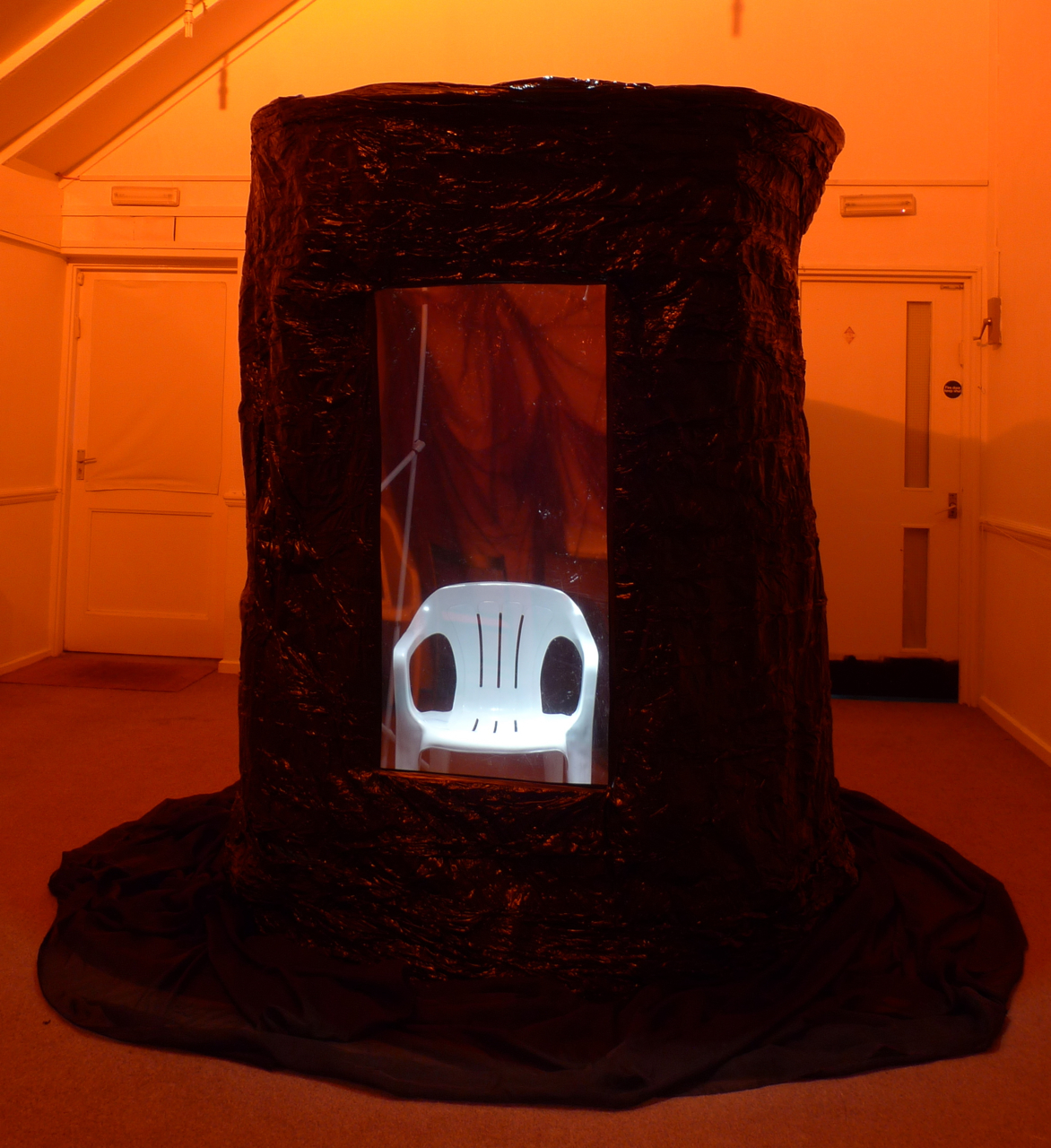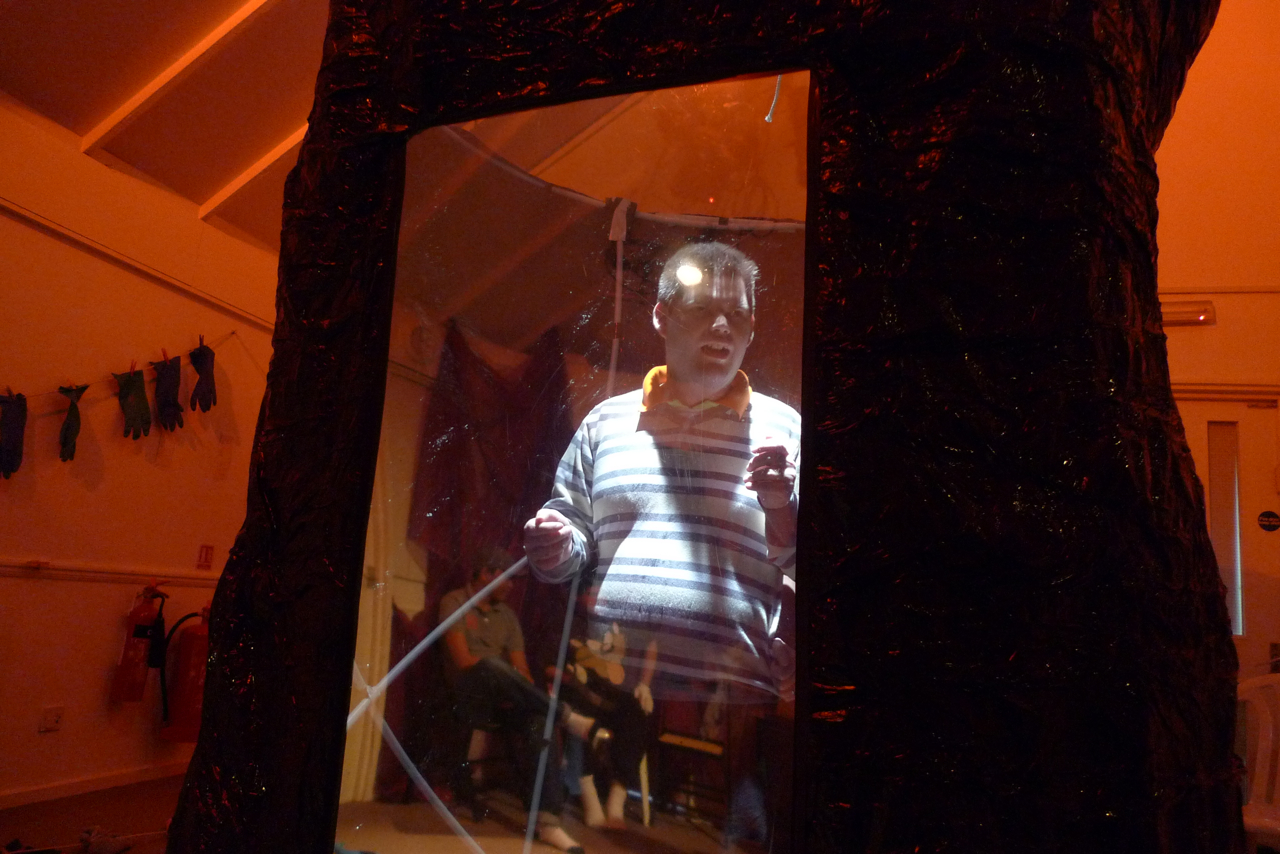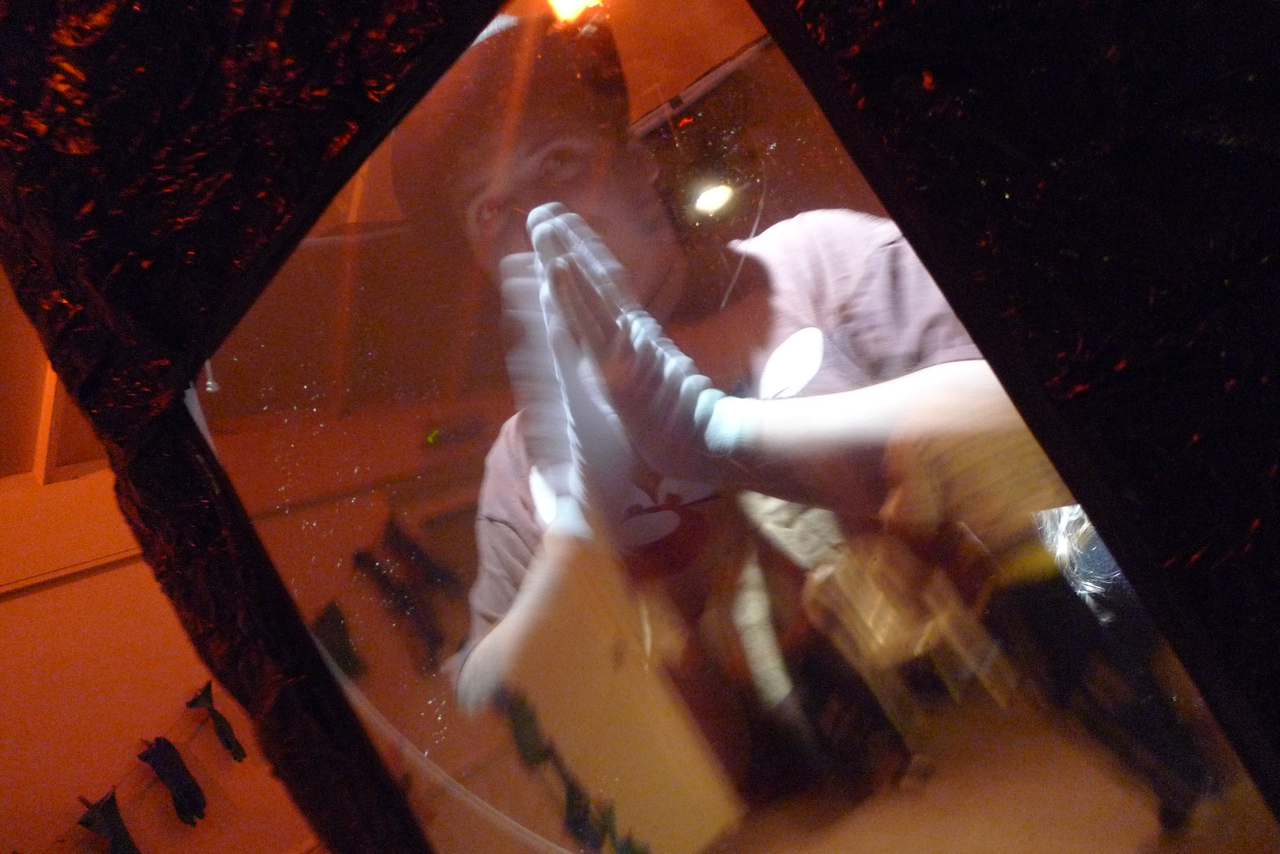Mirrors
Portable, safe, medium sized mirrors can be cut from large sheets of acrylic mirror, the type they use in public places because they don’t shatter. Cut them with tin snips or a saw into manageable sizes with curved edges, about 40x30cm. They do scratch, but if you are careful about the materials you use with them, they will last and are incredibly useful.
Many people with autism use mirrors as an indirect way of viewing the world and will allow interaction through this medium, perhaps imitating gesture and/or playing with facial expressions.
It is useful to see your reflection particularly when using face paints or costume, or when working one-to-one as you can isolate the reflection from everything else that is going on
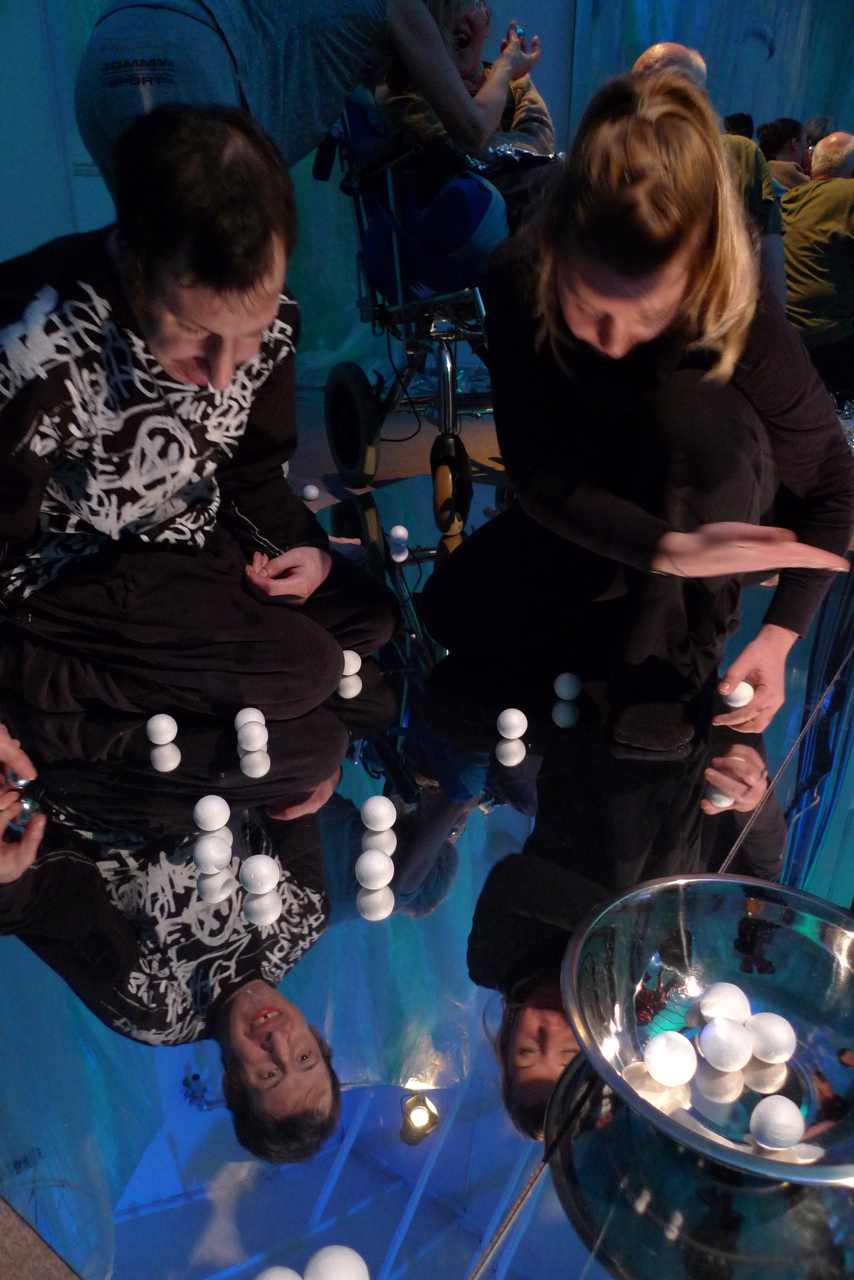
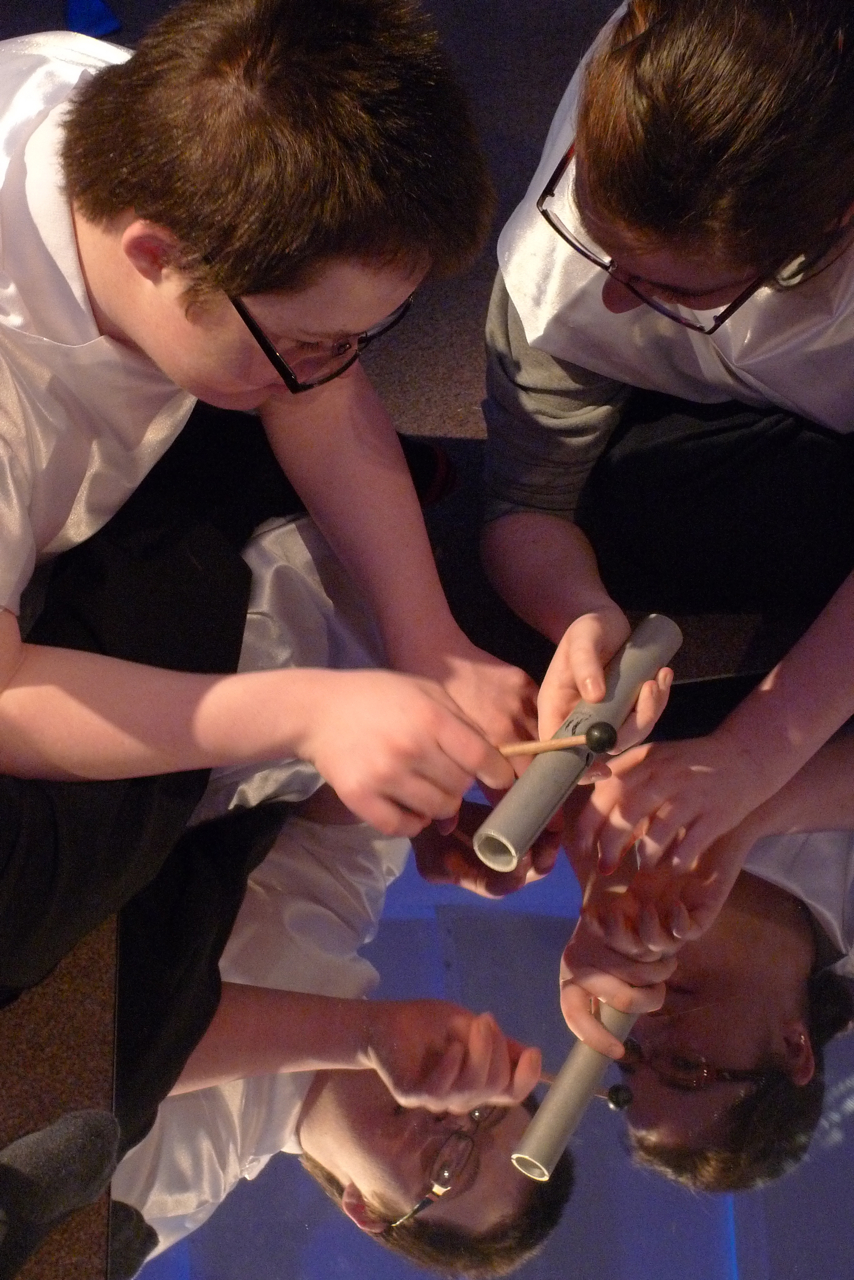
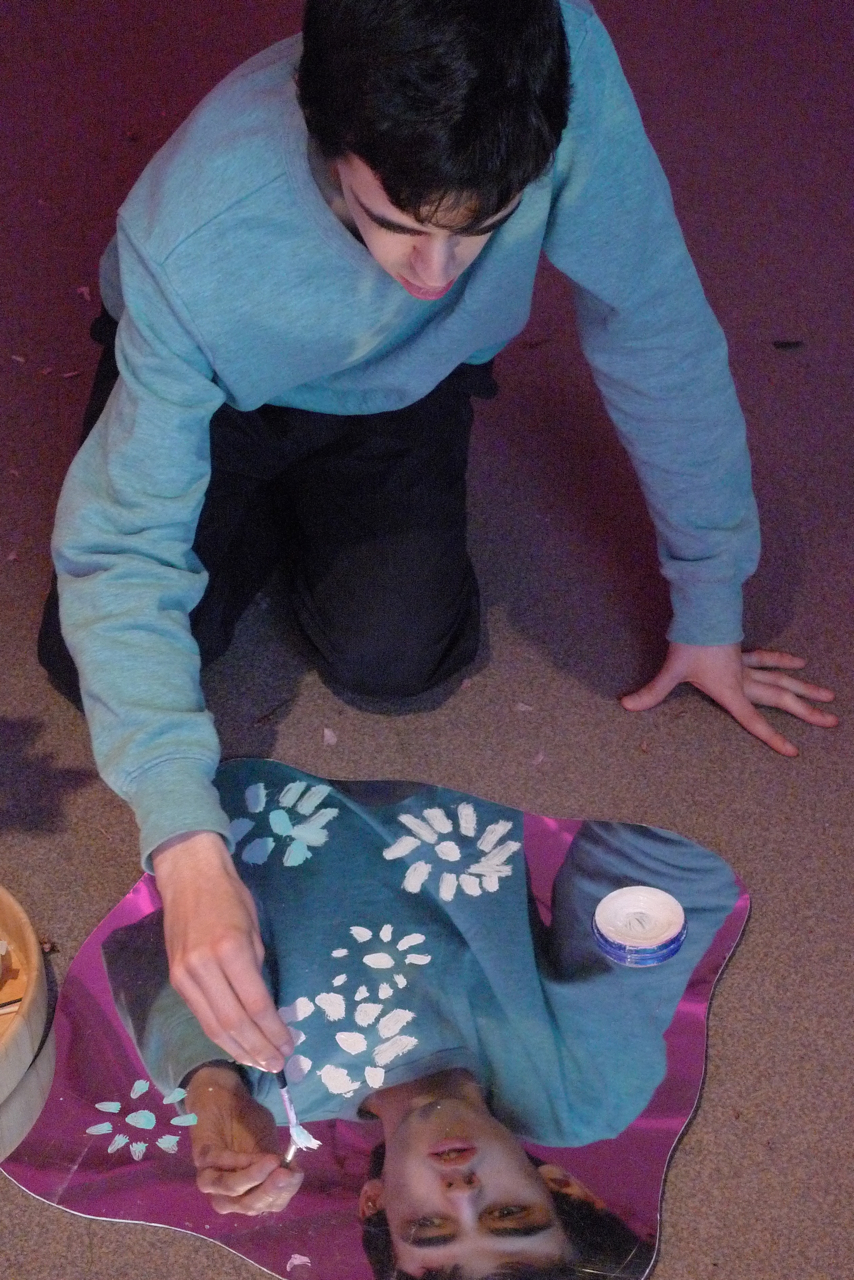
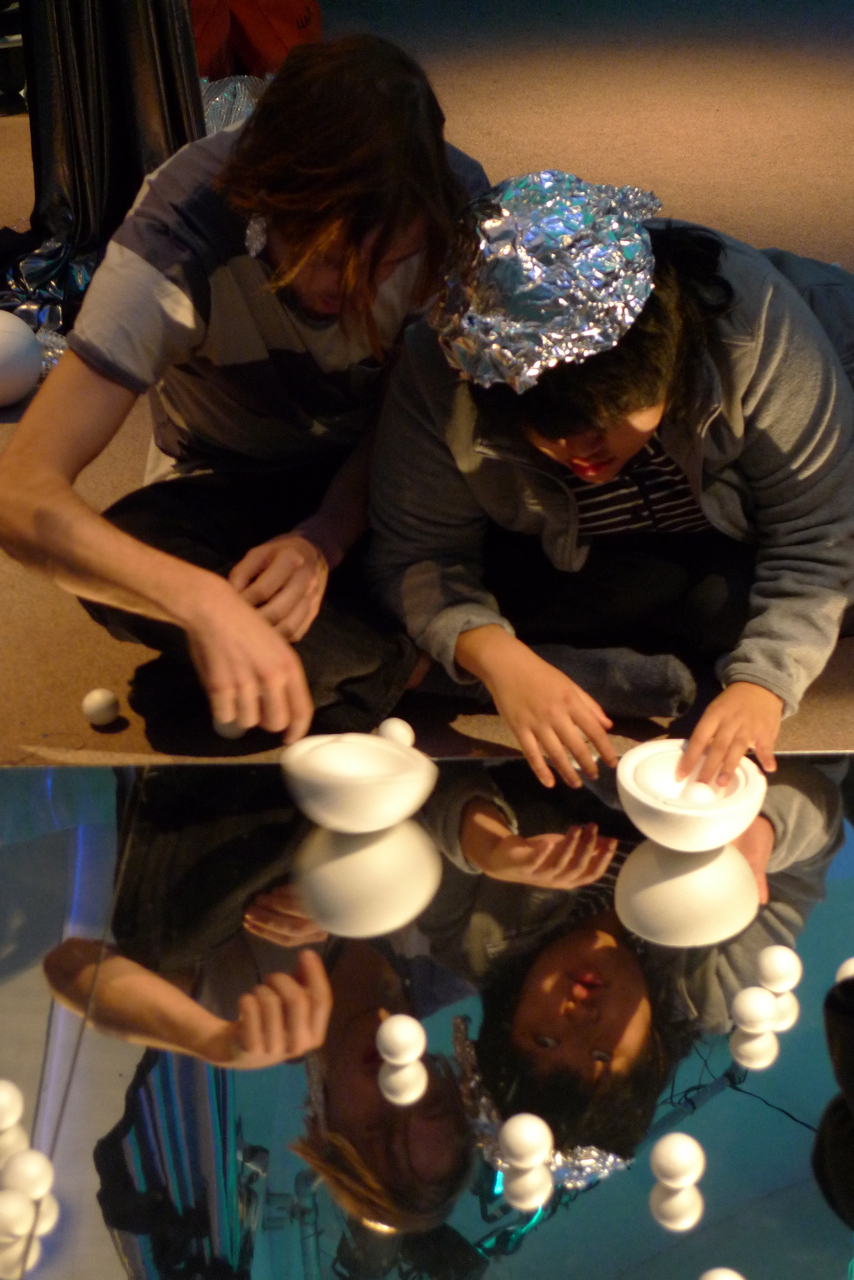
Small mirrors can be used as mobile surfaces to work on, wherever the participant might be. This could include painting, catching falling glitter/petals/stars or simply checking out your costume, face, mask
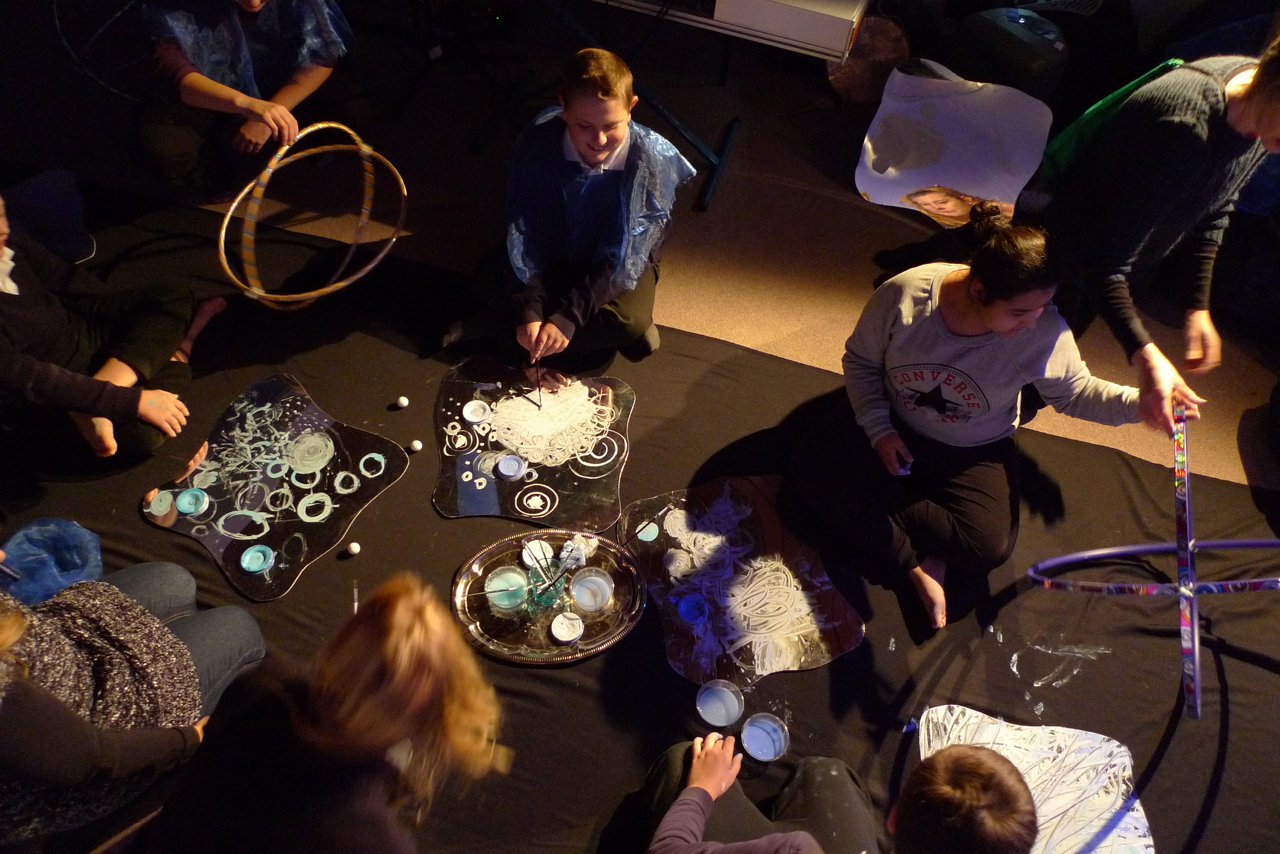
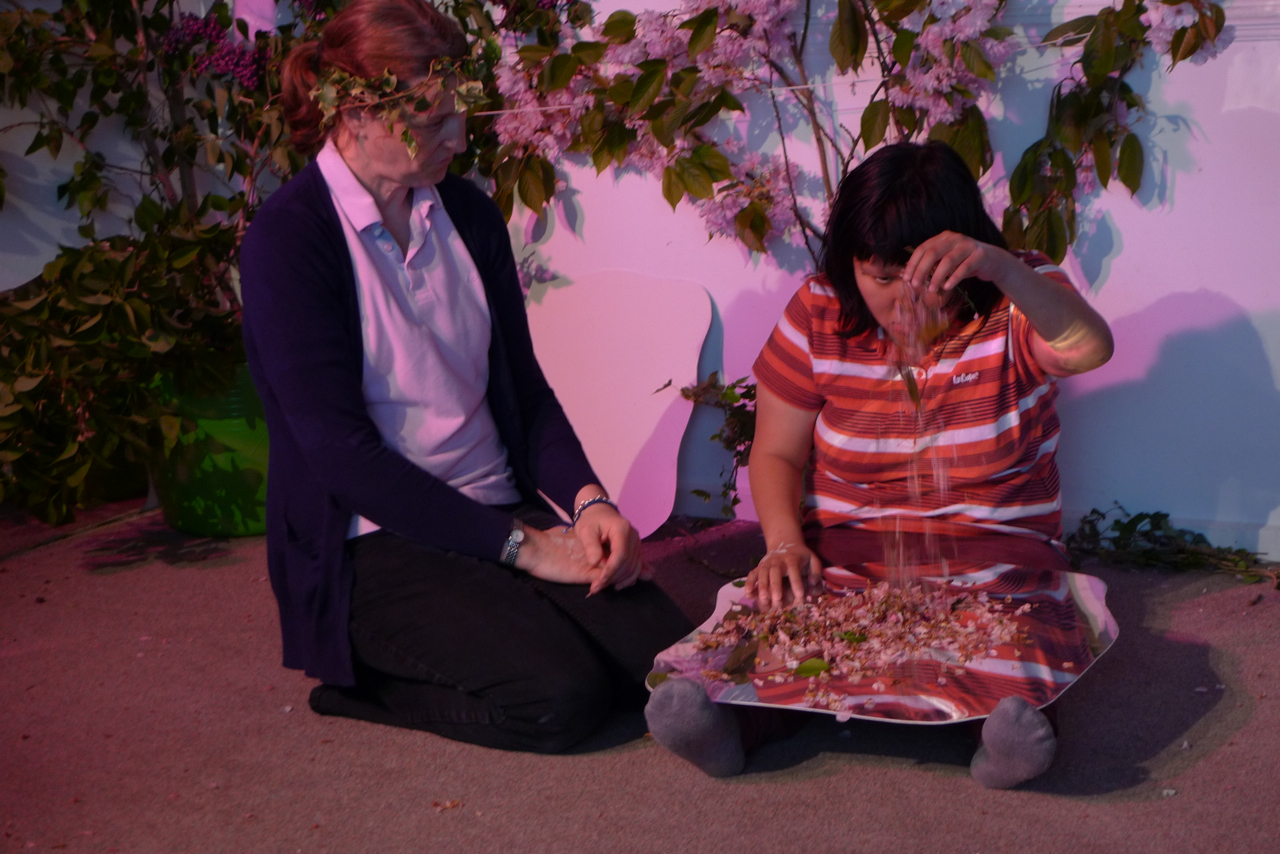
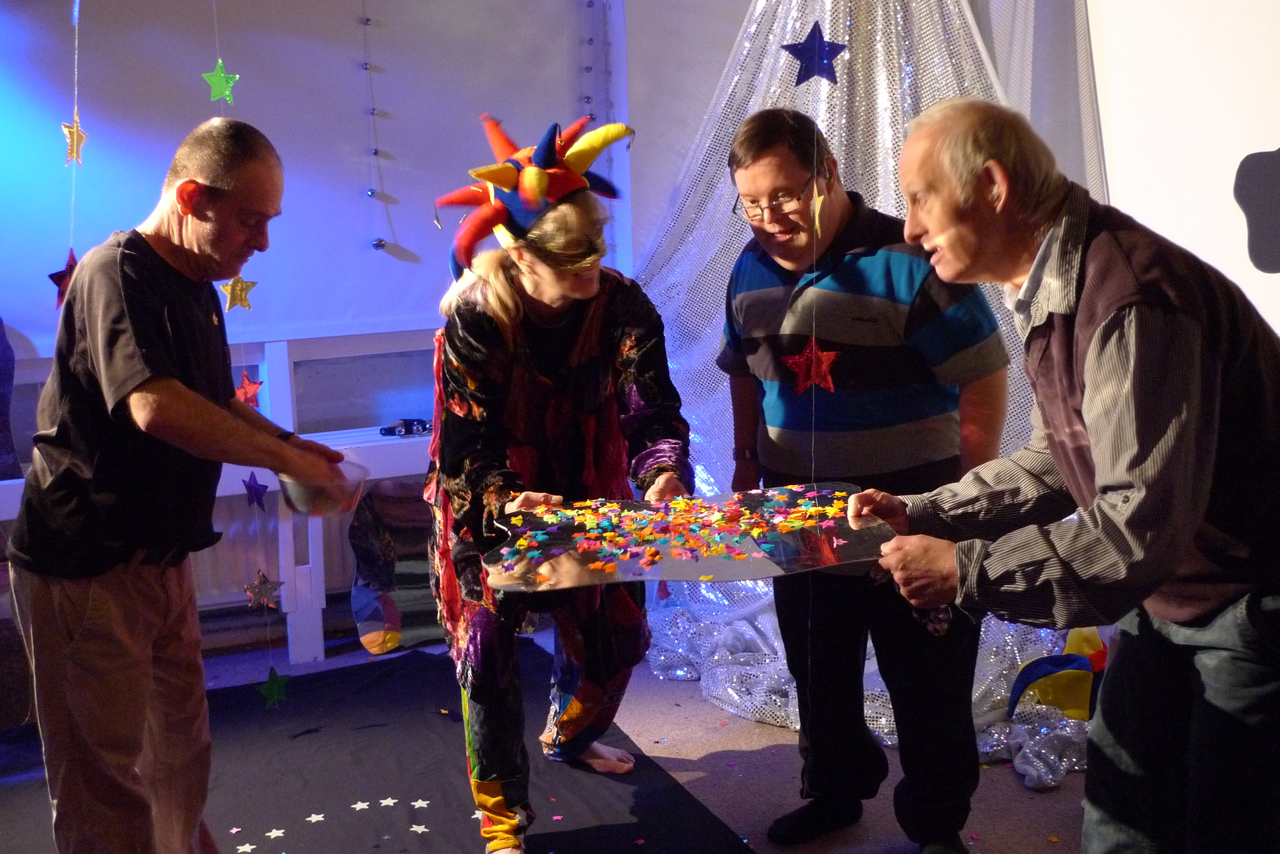
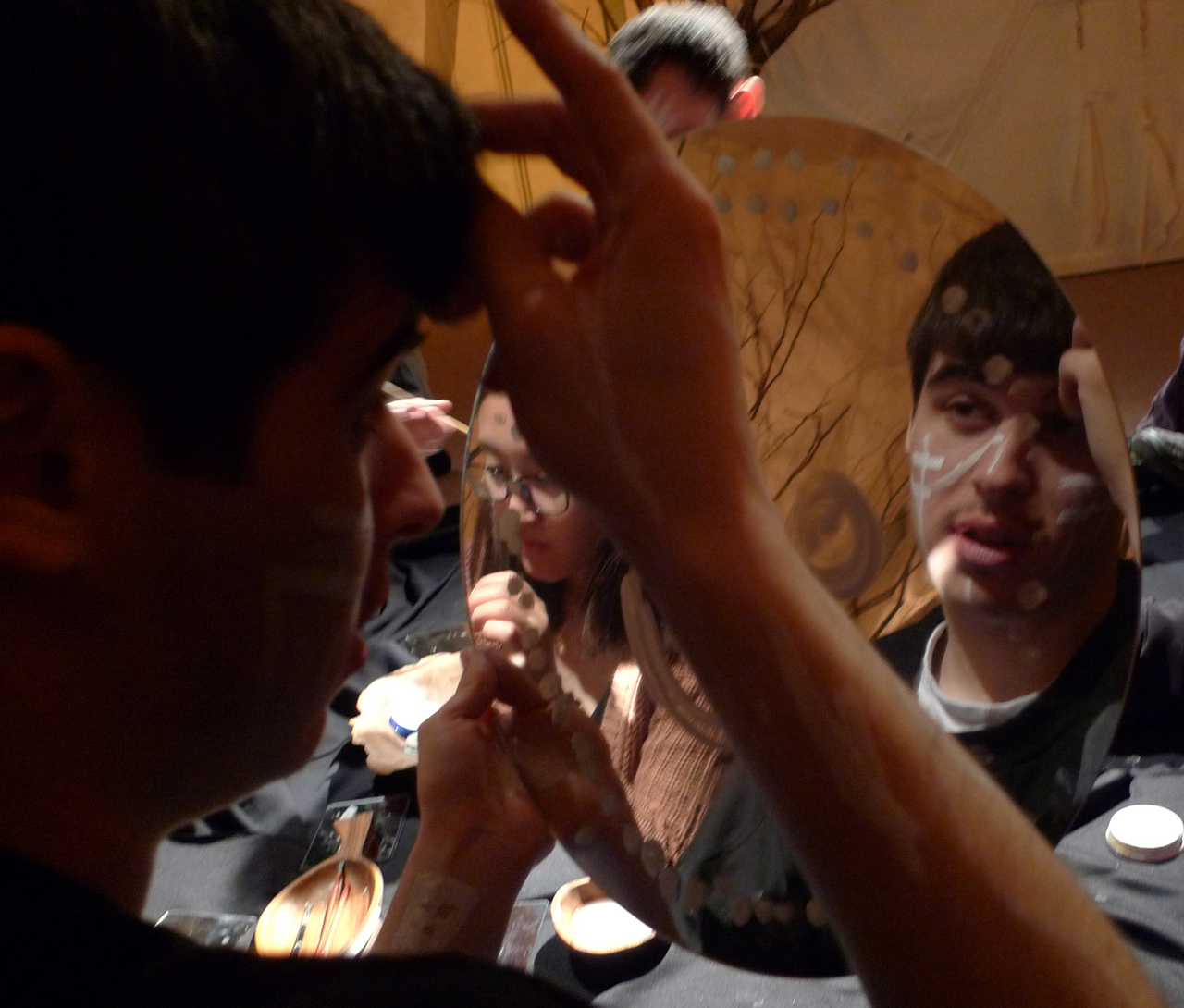
Mirrors can reflect light onto the walls and ceiling. Any painted images on the mirror surface will also be reflected
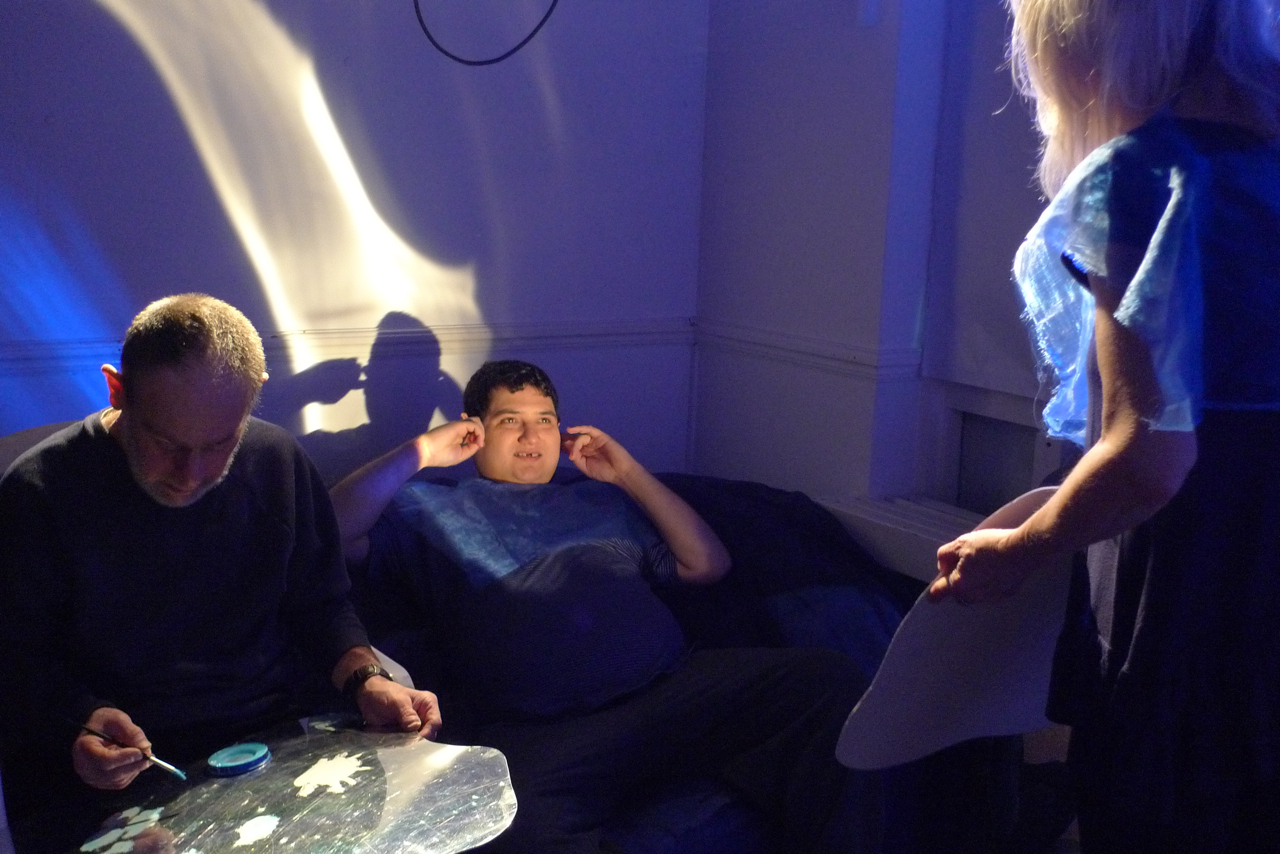

Used as ‘wobble boards’ they produce sounds or as fans they can waft either air or light objects such as silk petals, ball pool balls or shredded paper
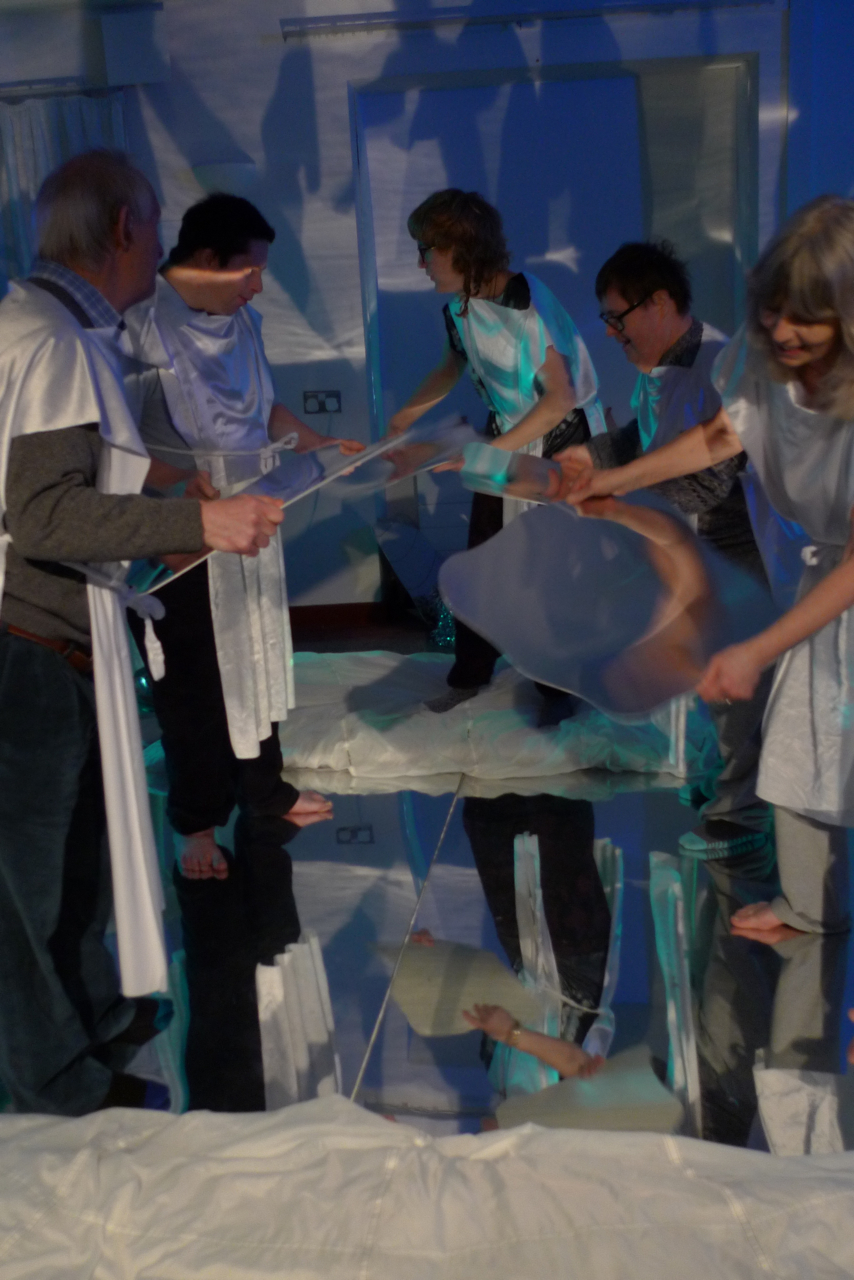
Large mirrors can be used as part of the set reinforcing the theme of the workshop, creating reflections of the lights and giving a sense of depth to the space
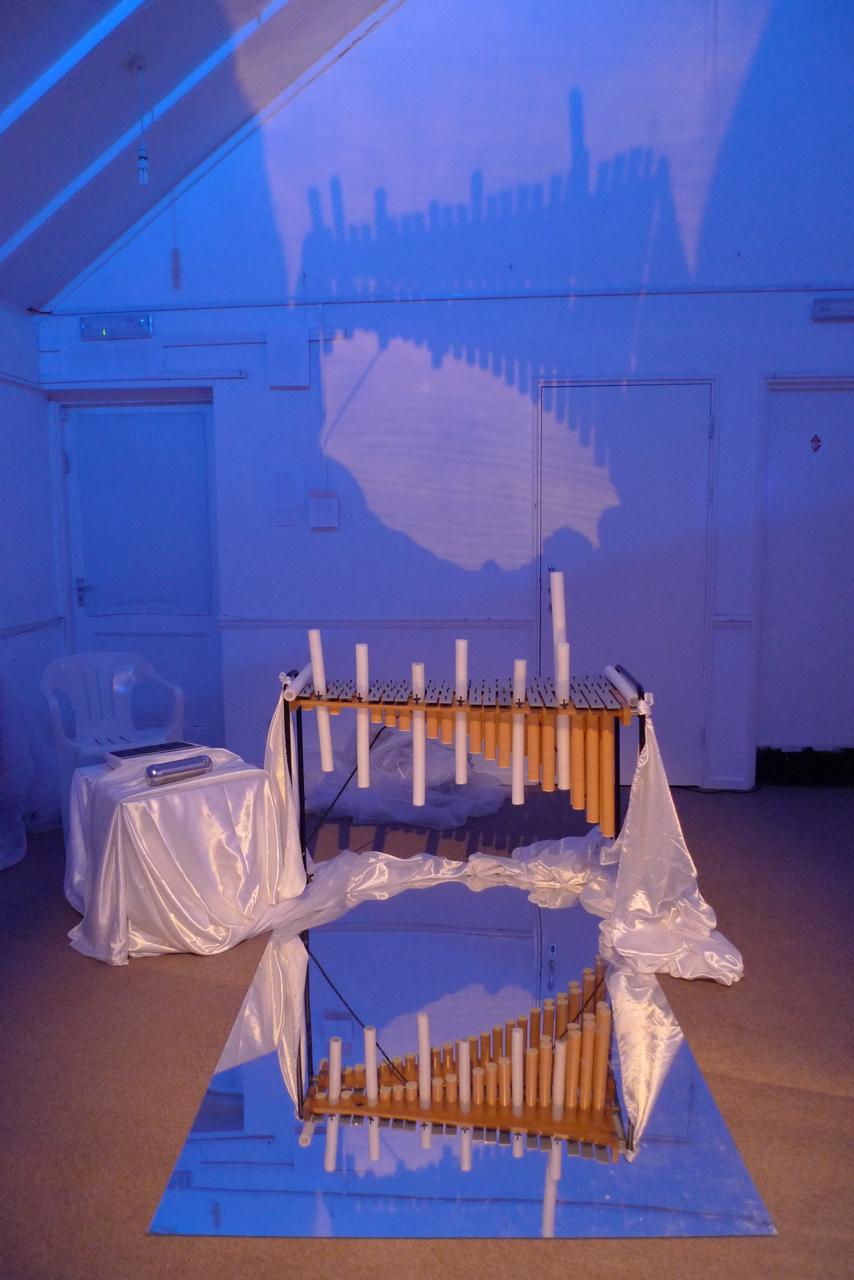
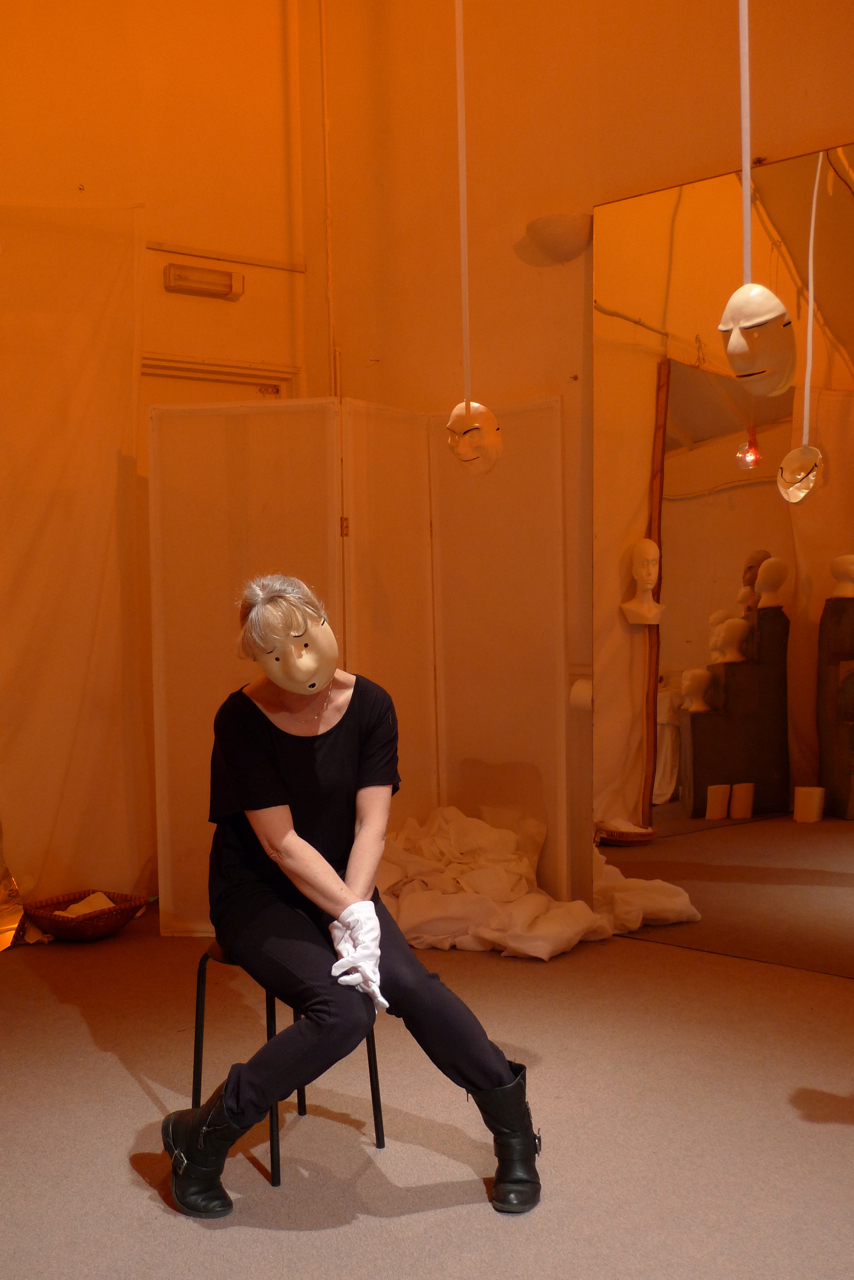

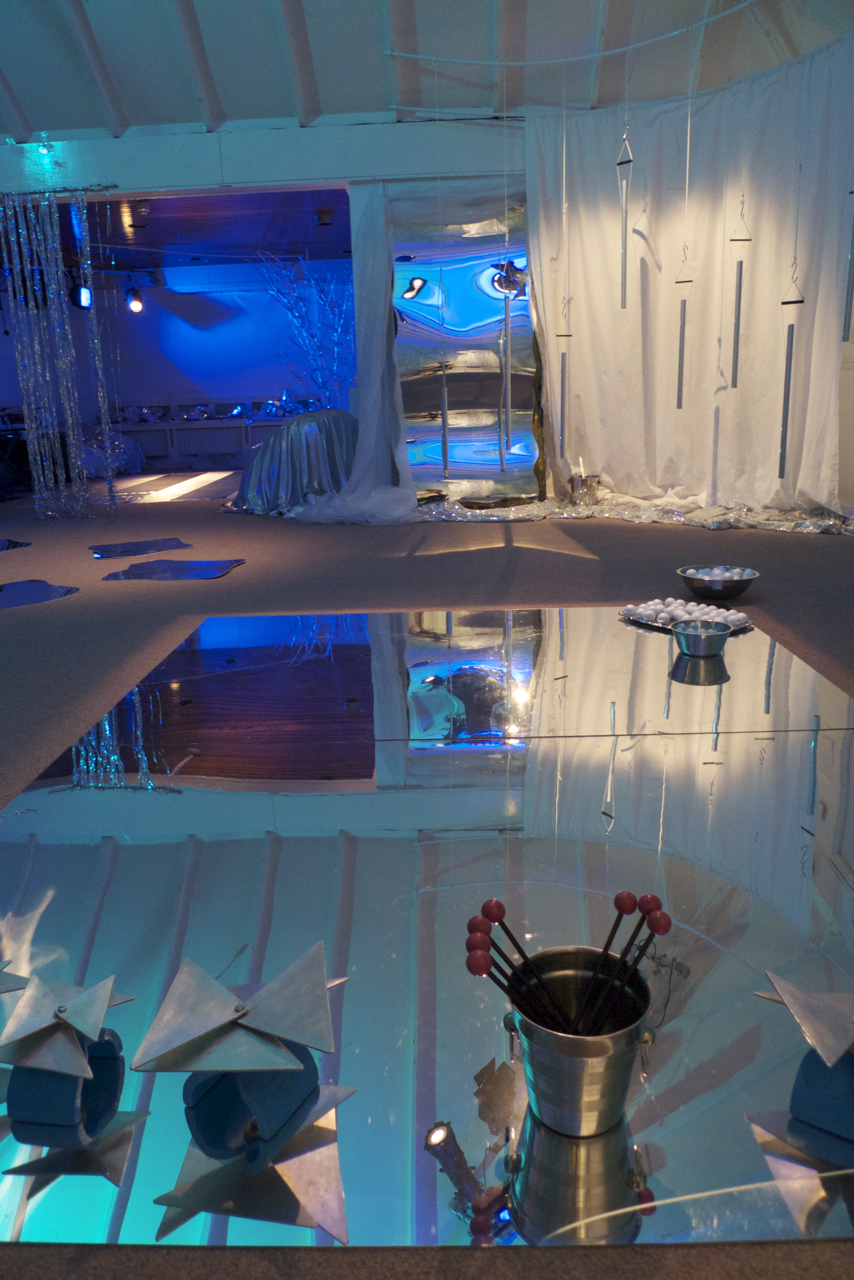
Mirrors can be used as part of the set to create a particular 3D effect
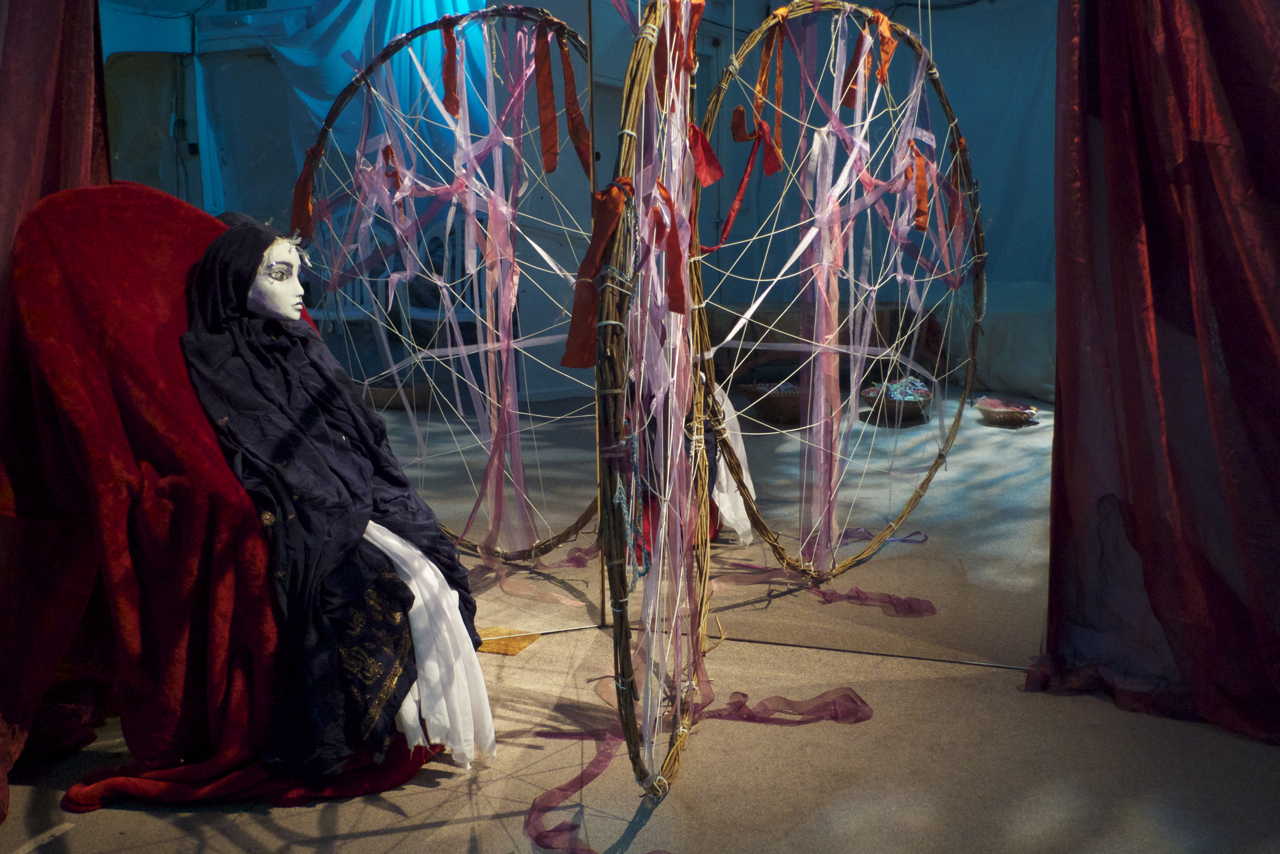
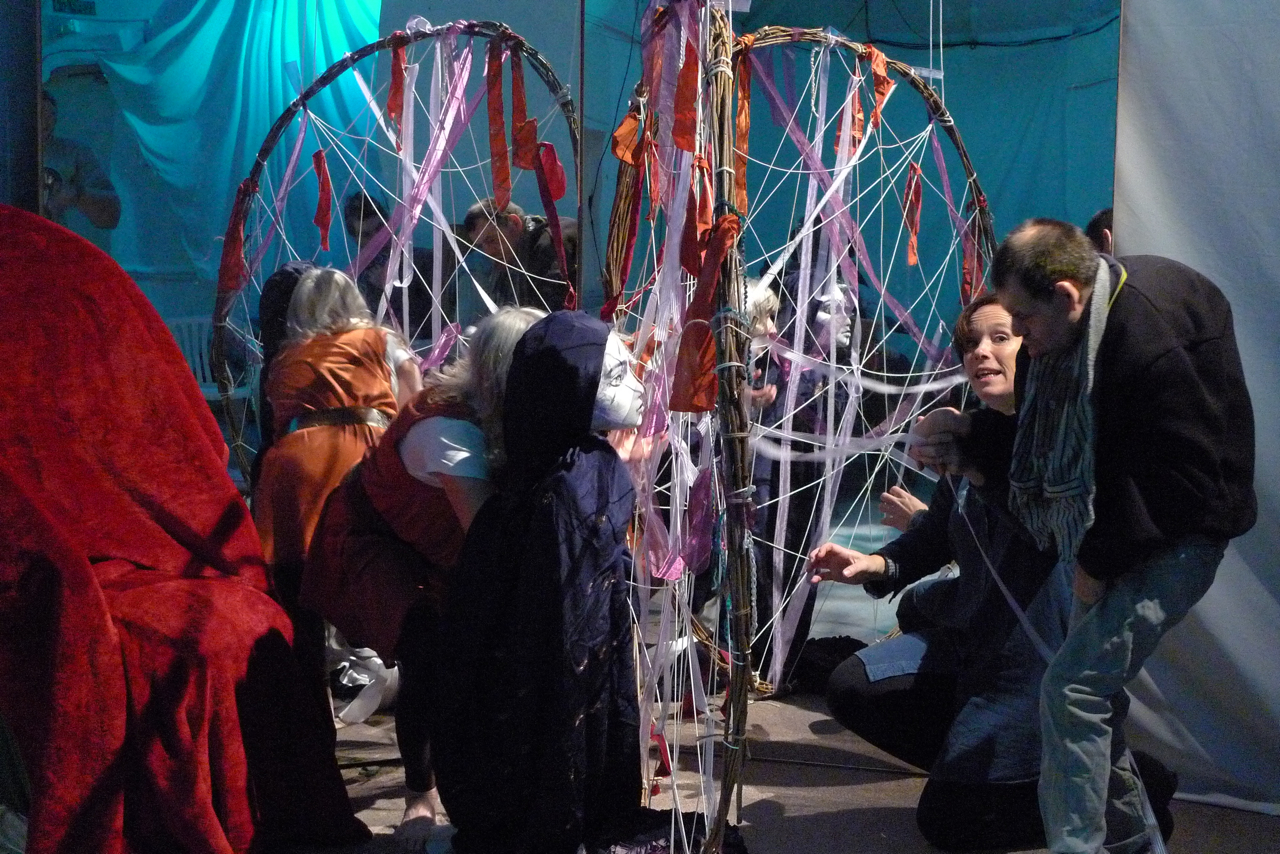
Or to view yourself in costume
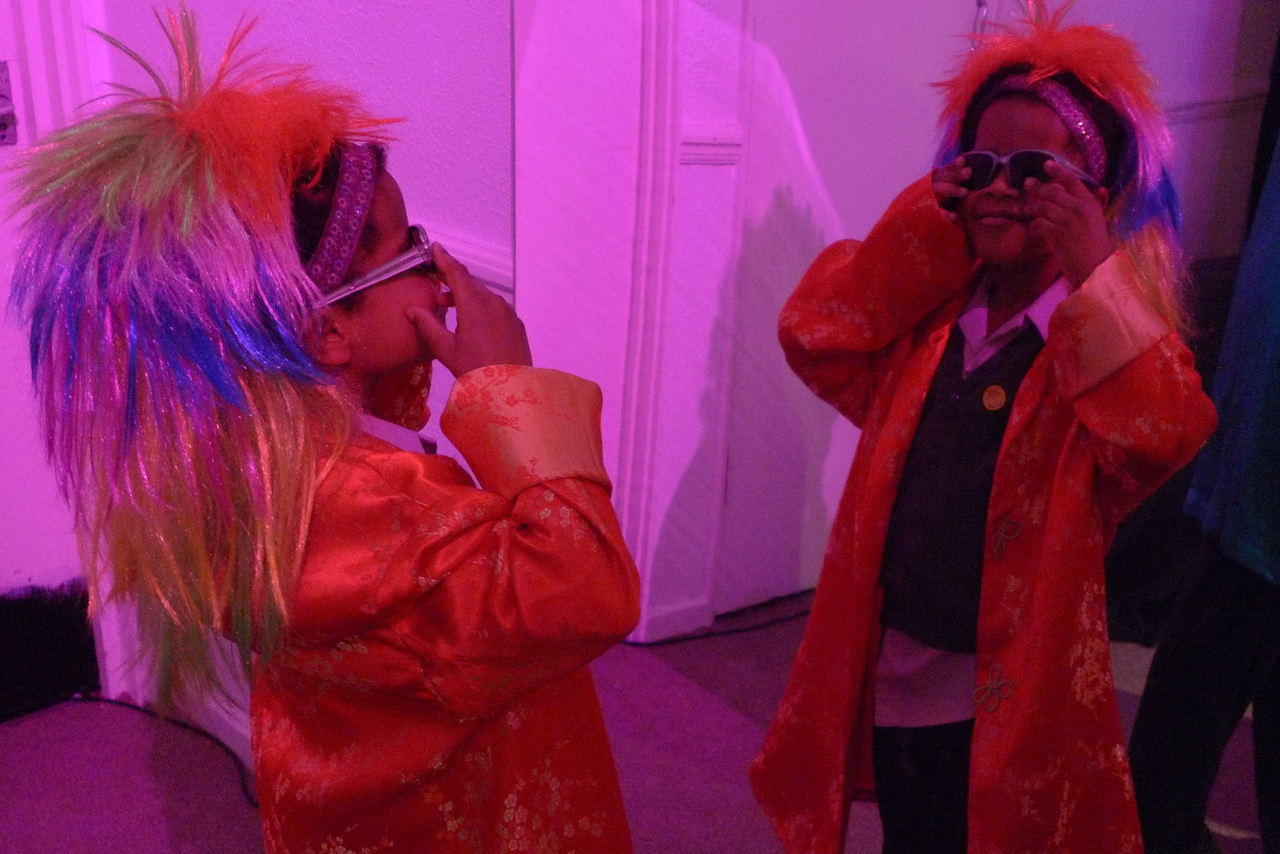
Or to encourage movement, recognition of self, reinforcement of facial expression
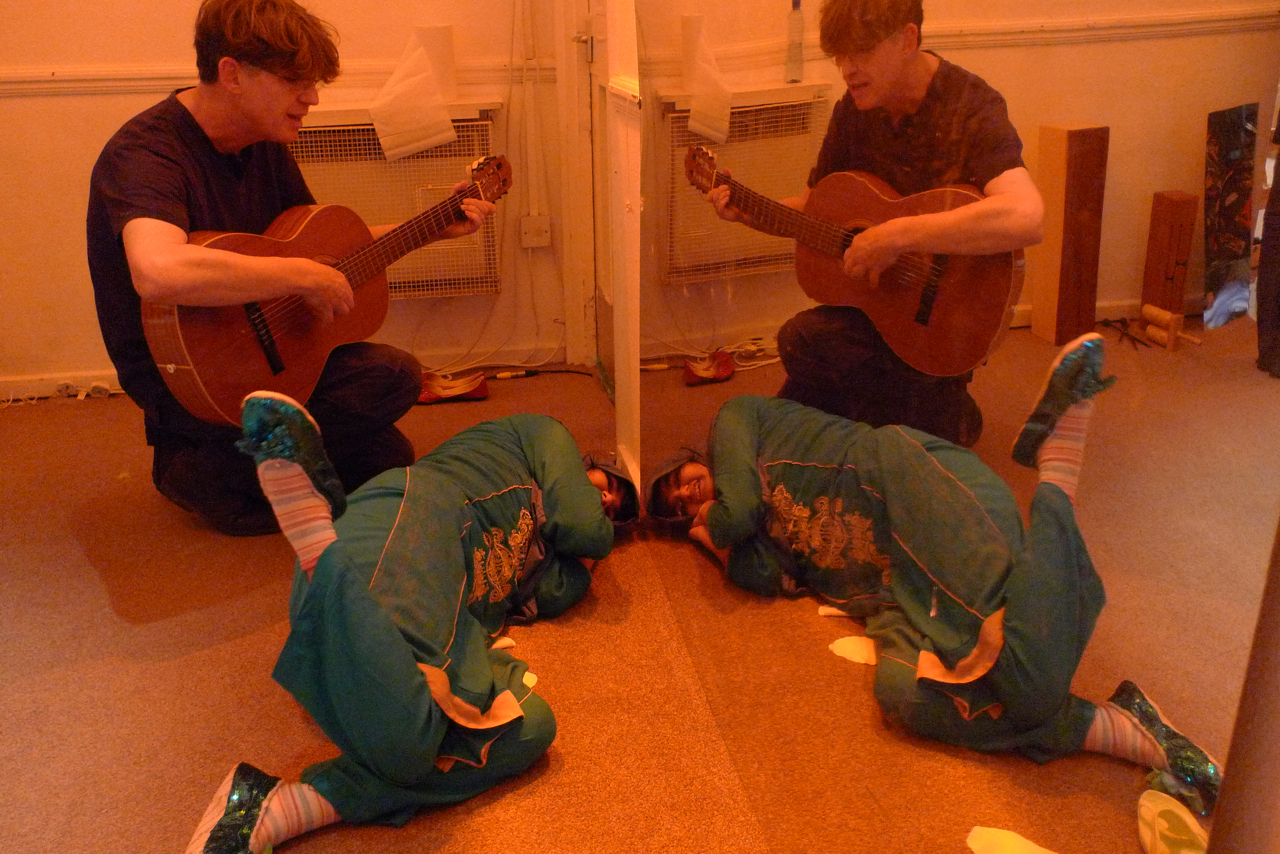
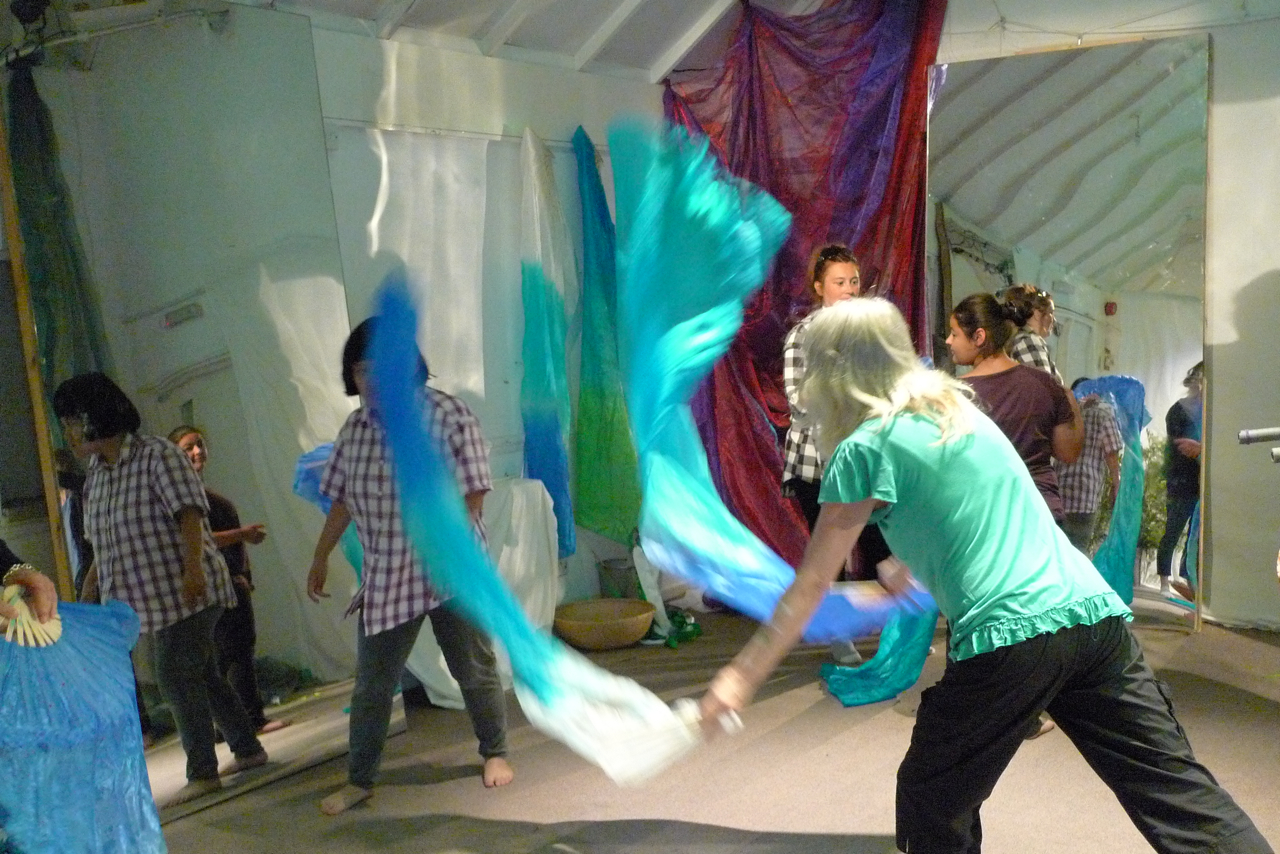
It is fun to create a two-way mirror, clear acrylic sheet, covered with silver reflective film on one side, when lit from the front, you can see the reflection, when lit from behind, you can see who’s hiding there.
